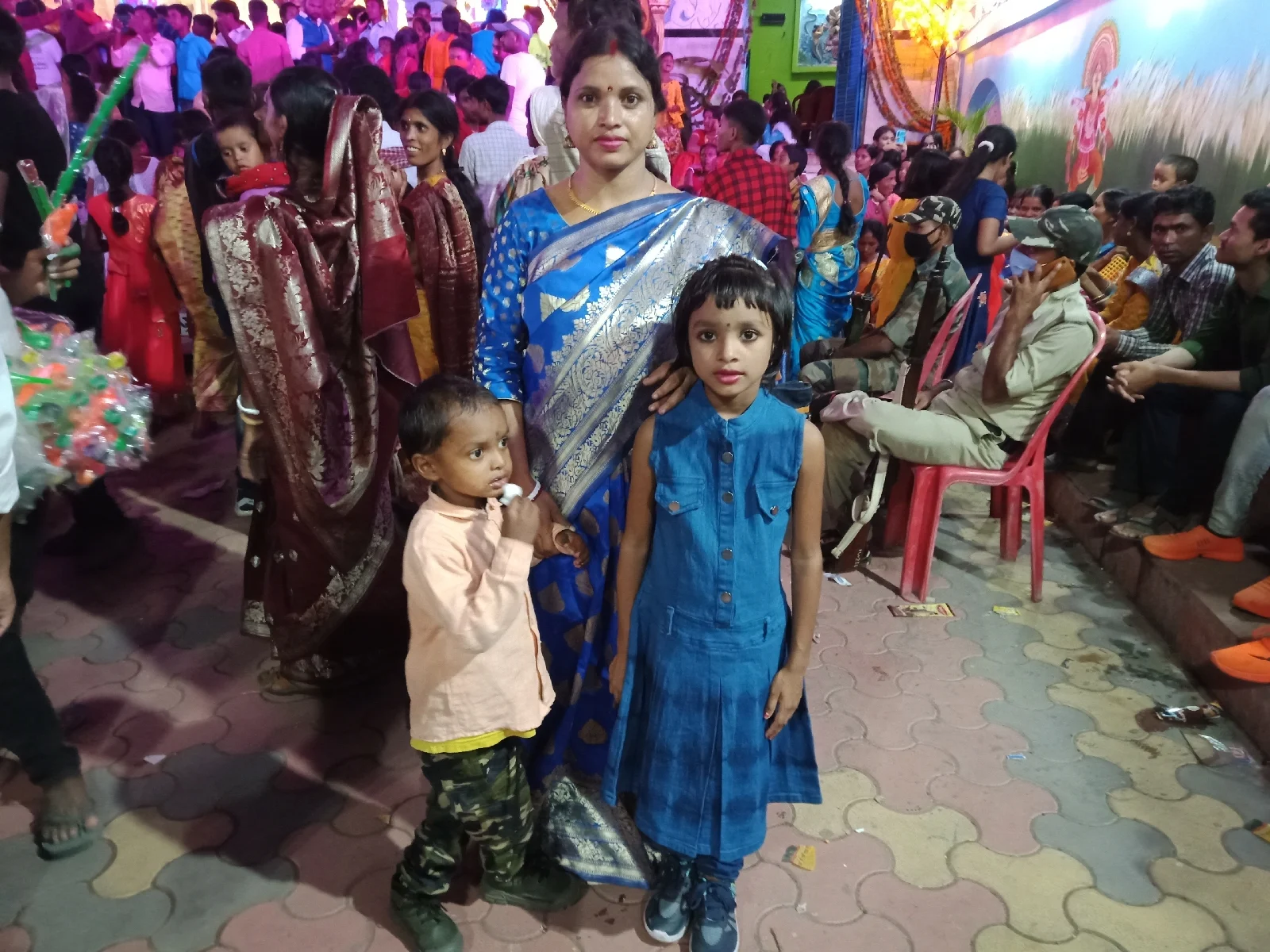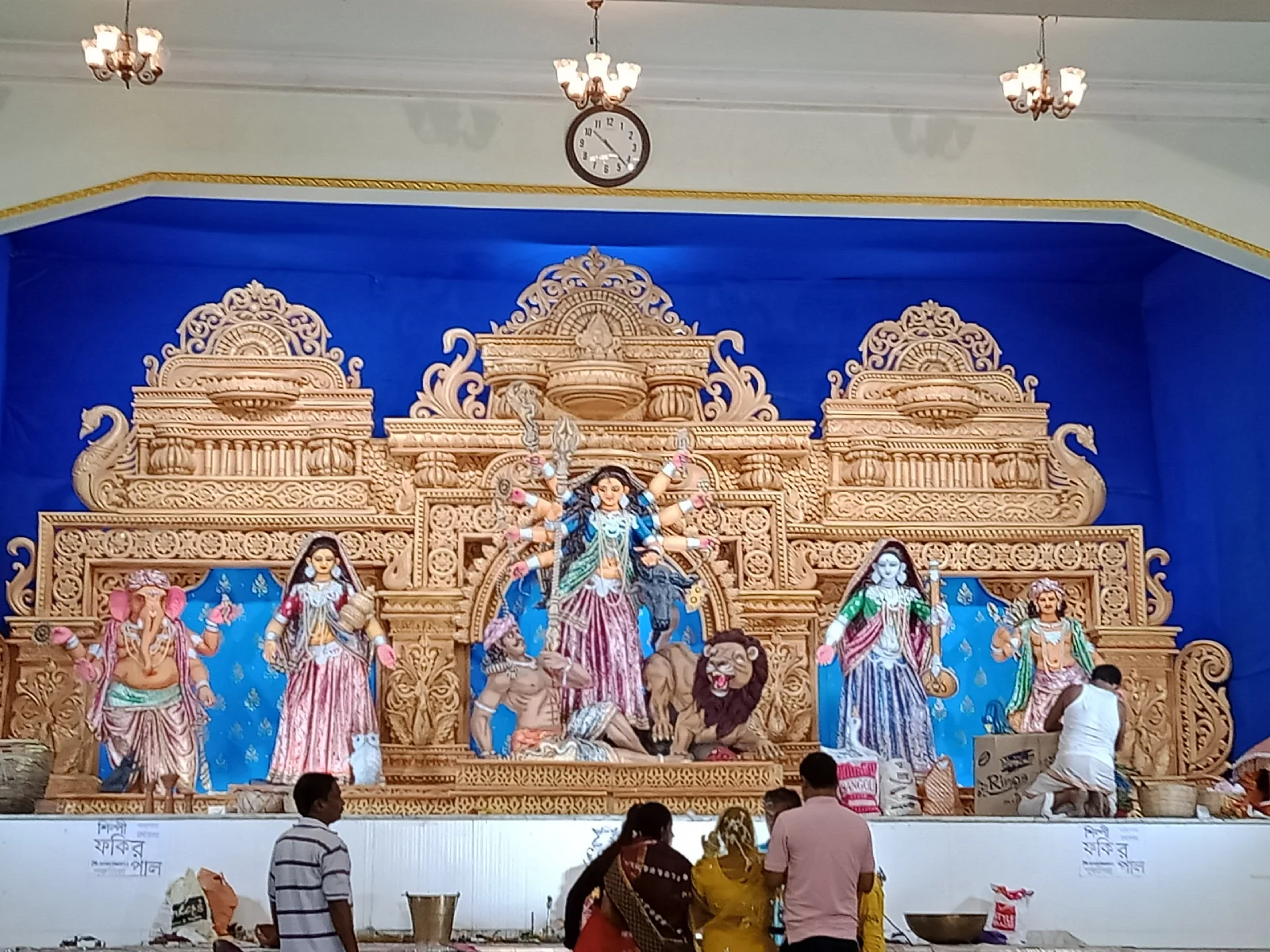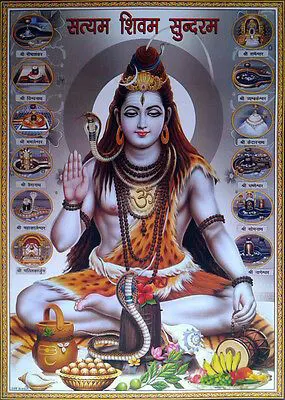- As part of the Startup India initiative launched by the Prime Minister, DST proposes to provide momentum and scale to radically change the startup ecosystem in India. It has pledged 500 crores to carry out these fresh projects in the coming years.
- NIDHI is focused on creating a smooth and innovation-led entrepreneurial ecosystem specifically by directing the youth towards it and consequently ushering in its positive effect on the country’s development in the social and economic spheres.
- Apart from providing technological solutions to society’s needs, the program also wants to generate new possibilities for job and wealth creation.
- The main stakeholders of this initiative include the different ministries departments of the central government, governments of the states, R&D and academic institutions, mentors, angel investors, financial institutions, industry experts and veterans, venture capitalists and the private sector.
- NIDHI greatly responds to the new nationwide ambitions by immensely expanding DST’s 3 decades of experience in endorsing pioneering startups.
- NIDHI has 8 components that support each stage of a nascent startup from its idea stage to the market stage.
- The first component PRAYAS was inaugurated on September 2nd 2016 and its goal is to back innovators to create prototypes of their start-up ideas. It does this by giving a grant of up to Rs.10 lakhs and an admission to Fabrication Laboratory (Fab Lab). PRAYAS stands for Promoting and Accelerating Young and Aspiring Innovators & Startups.
- The Seed Support System is the closing component of the program. It offers up to Rs.1,00,00,000 for each start-up and is carried out via the Technology Business Incubators.
- This financial year, the government has announced an increase of a whopping 450% in its allocation of Rs.180 crores in the DST budget. This was done with the objective of driving innovation and the new start-up centric initiative into a wider scale and outreach all over the country.
Components of NIDHI
There are eight components of the National Initiative for Development and Harnessing Innovations (NIDHI). These include:
- NIDHI GCC – Grand Challenges and Competitions for scouting innovations
- NIDHI – PRomoting and accelerating Young and Aspiring Innovators and Startups (NIDHI-PRAYAS) – Support from Idea to Prototype
- NIDHI-Entrepreneur In Residence (NIDHI-EIR)-Support system to reduce risk
- Startup-NIDHI
- NIDHI-Technology Business Incubator(TBI)-Converting Innovations to start-ups
- NIDHI-Accelerator-Fast tracking a start-up through focused intervention
- NIDHI-Seed Support System (NIDHI-SSS)-Providing early-stage investment
- NIDHI Centres of Excellence (NIDHI-CoE)-A World-class facility to help startups go global
The above details would help candidates prepare for UPSC 2021.
Relevant Links































.jpg)

